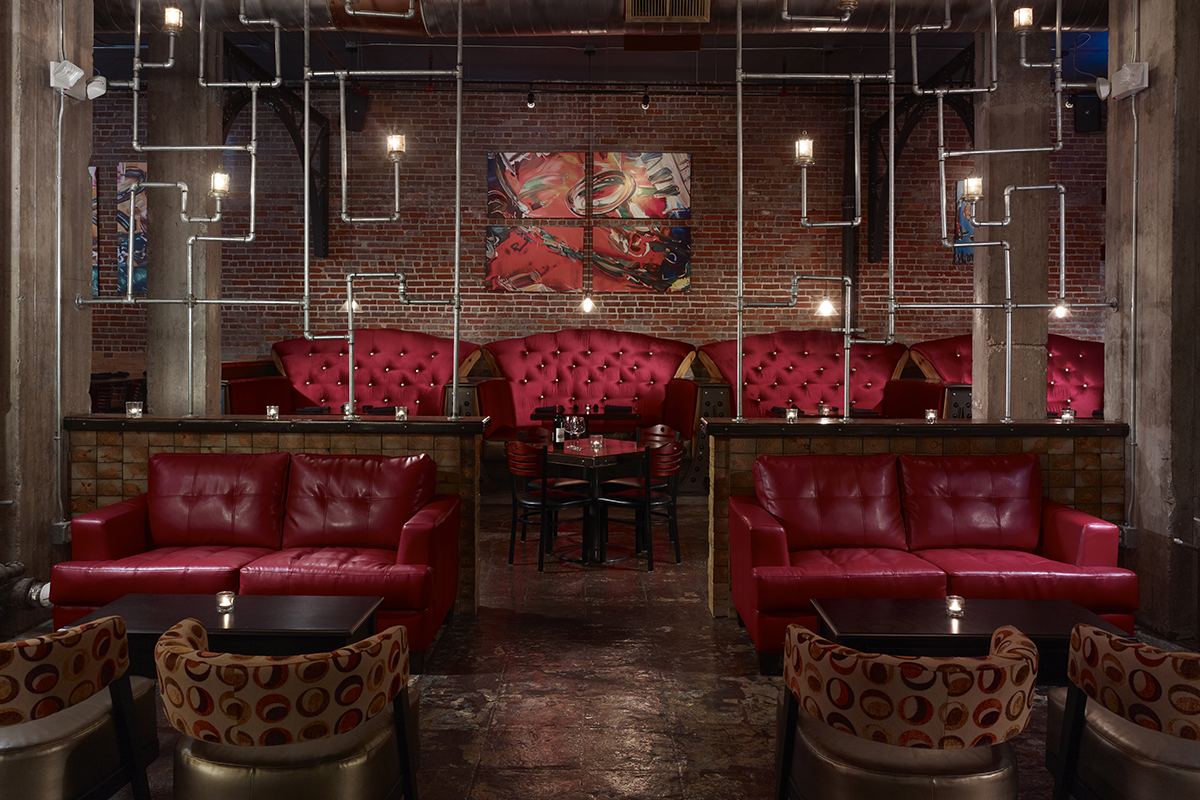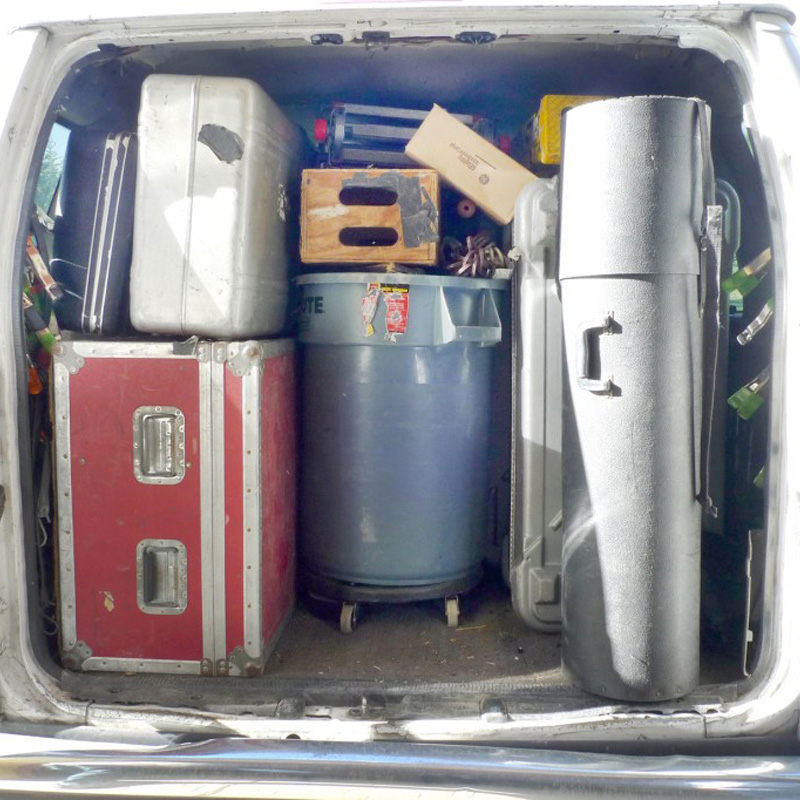20.1 RELEARNING NEW LIGHTING STRATEGIES
Question: How have you managed to educate yourself on the latest artificial lighting techniques?
Although I have been photographing architecture for many years it was only very recently that I entered into the ‘digital realm’ in which I had to re-educate myself very quickly to catch up. I therefore attended a number of photographic workshops over the last few years so as to improve my knowledge, technique and skill. My introduction to a digital workshop on artificial lighting for architectural photography was during a workshop ‘Architectural Photography in the Digital Realm’ given by Jeffrey Totaro. It was duringthe practical sessions in the workshop that I first came to appreciate that the only way to get those specular highlights for interiors was to use artificial lighting. Jeffrey used flash lighting to capture the material, color and depth of the image that was impressive. For me it was an introduction and shortly after I had a unique opportunity to attend a ‘Jeffrey Jacobs Architectural Workshop’ in Kallispel, Montana sponsored by Capture Integration. Jeffrey raises his photography to the level of art, sometimes taking as much as 6-8 hours to set up and photograph one image, not to mention post-processing time. Jeffrey is really dedicated to architectural photography and it was inspiring to see him at work. He’s also quite a character. I also went on to follow a Scott Hargis course ‘Lighting Interiors’ that really offers a practical approach to using a series of small flashes in a fairly efficient workflow. Finally I purchased the Mike Kelley course ‘Where Art Meets Architecture’ in which he sets out his method for enhancing images using flash photography and compositing in Photoshop. So in the space of literally two years I managed to experience and learn an awful lot about digital photography and lighting that I now adopt in my workflow.
Question: What’s in your lighting kit
There are two basic artificial lighting systems available: tungsten [3,400 K] and flash [5,500 K]. I tend to use tungsten lights for enclosed interiors or during the evening hours and flash lights during interiors with daylight. Over the years my arsenal now consists of the following:
Tungsten
- Lowell [30 years old] kit comprising 2-Omni and 3-Tota lights complete with tripods, umbrellas, gels, gobos, etc.
- Lowel GL-1 Powered LED
- ‘Jeffrey Jacobs’ ‘mini-kit’ comprising 12-75W Par 16 Halogen Floods, 10-Edison plugs, 2-Lowell L-Lights, 6-Smith-Victor light holders with clamp, clamps and extension cables.
Flash
- ProFoto D1 kit comprising 2-500W heads with Air Sync and Air Remotes, tripods, umbrellas and grids
- Nikon SB-910 3-Speedlight flashes with grids, light poles and umbrellas
My Nikon speed lights flashes are particularly useful when traveling as they occupy the least space and weight. I think I have the equipment to handle pretty well any lighting situation.

